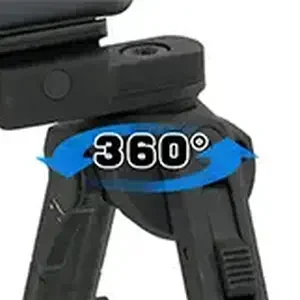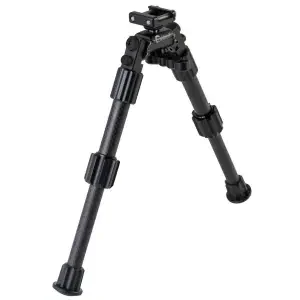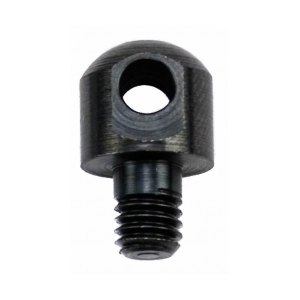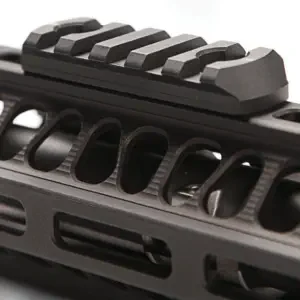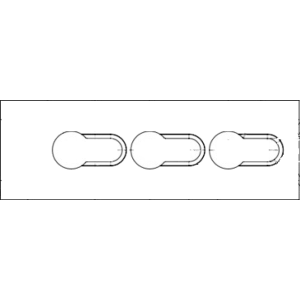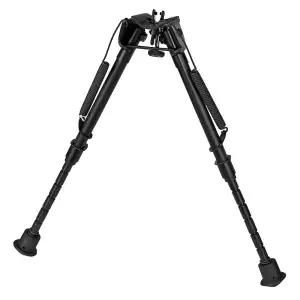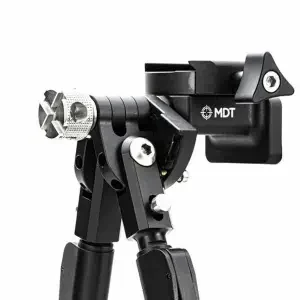Rifle Bipod
Definition of a Rifle Bipod
Rifle bipod means (‘bi’ – two) and (‘pod’ – stand or support), hence a ‘stand or support with two legs’.
A bipod can be a crucial accessory for shooters, particularly when involved with precision and long-range shooting. Its purpose is to provide stability and support to the rifle, enhancing the shooter’s ability to maintain a steady aim and make accurate shots. The bipod typically attaches to the underside of the rifle’s frontend and allows the shooter to rest the rifle on a surface while maintaining no contact with the barrel. This negates interference with the barrel’s natural harmonics. See our article on Barrel Harmonics.
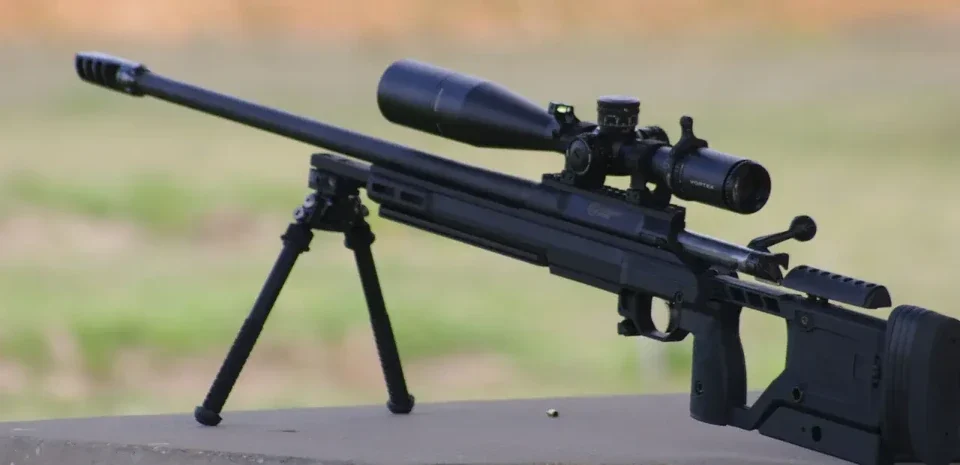
How a Rifle Bipod Works
Rifle bipods function on the principle of stability and can also contribute to recoil reduction. By resting the rifle on a good bipod, the shooter gains a stable platform that minimises movement, which are common challenges when shooting from unsupported positions. This stability is particularly important for consistent shots at long range. The bipod’s design can also aid in reducing recoil, mainly by adding weight to the rifle, mitigating the impact of recoil on the shooter’s shoulder.
Types of Rifle Bipods
There are several types of rifle bipods available, each catering to specific shooting scenarios and preferences. Some common types include:
Fixed Bipods
Swivel Bipods
Tilt Bipods
Be aware that some manufacturers like Harris call the "tilt" feature "swivel"
Tim
Adjustable Bipods
These bipods come with adjustable legs, allowing the shooter to adapt to various shooting positions and heights. They are versatile and suitable for dynamic shooting scenarios.
Some makes come with legs that are notched at set intervals others have a variable adjustment. There are types also that have the ability to replace the entire leg to adjust height.



